When the Soviet army invaded Finland on November 30, 1939, they assumed that they would be able to score a quick win against their tiny neighbor.
It wasn’t quite that easy, however. While Finland ultimately had to cede some territory, they fought valiantly against the Soviets throughout the winter of 1939-1940.

One of the greatest heroes of this brief but bloody war was Simo Hayha, an ordinary Finnish farmer who became celebrated for his incredible exploits as a sniper.

His uncanny aim struck terror into the hearts of the invaders and helped the Finns stave off total defeat.
Even today, Simo Hayha is considered the most deadly sniper of all time, credited with at least 505 kills in a mere 98 days.
Despite being celebrated as a hero, Hayha was modest about his wartime achievements, saying, “I did what I was told to do, as well as I could. There would be no Finland unless everyone else had done the same.” (The White Sniper by Tapio Saarelainen)
A Simple Finnish Farmer
No one who knew Simo Hayha before the war broke out would have guessed he would become a national hero.
Born in 1905 in the village of Rautjärvi near Finland’s border with Russia, he learned how to use a rifle early on and became a skilled hunter in his youth.
In 1925, he did his year of compulsory military service, rising to the rank of corporal before returning to a life of farming, hunting, and skiing.
He won many shooting competitions and was able to hit a target 500 feet away 16 times in one minute, a skill that would come in very handy when the war broke out.

He was a member of the Finnish Civil Guard, and when the Soviets came across the border in 1939, he answered the call to serve.
Finland Under Siege
As far as the Soviets were concerned, the invasion of Finland was simply a matter of reclaiming what used to be Russian territory, as Finland had been part of the Russian empire from 1809 to 1917.
Stalin’s initial demands were just for control of the Hankö peninsula and a readjustment of the border near the major Russian city of Leningrad.
However, there was no guarantee that the Soviets would be satisfied with these small territorial concessions.
Throughout the 1930s, the world had seen many cases where powerful countries had taken over their neighbors with little pushback from the international community.
Finland just had to look south to Czechoslovakia, Austria, and Poland to see what could happen if they did not resist.
The Finnish people were extremely patriotic and determined to maintain their independence, even if that meant going up against a much stronger adversary.
The odds were certainly stacked against the Finns in the winter of 1939-1940. The Soviet invasion force was estimated to be anywhere from 425,000 to 760,000 soldiers, while the Finns had at most 340,000 men in the field.
While the Finnish troops had limited equipment, the Soviets had close to 6,000 tanks and more than 3,000 aircraft at their disposal.
The Finns didn’t even have much in the way of anti-tank weapons, although the terrain of Finland, boggy and wooded, was an effective defense all on its own.
The bitterly cold winter, remarkable even for Finland, further hindered the Soviet advance. The temperature dipped to a low of -45° F in mid-January. Frostbite took out at least 60,000 invaders.
The snow also provided an advantage to the Finnish soldiers, as they were able to camouflage themselves by wearing white uniforms.
It took the Soviets until the end of January to figure out that painting their tanks white and donning white snowsuits would make it harder for the Finns to see them.
A Master Marksman
Following the Soviet invasion, Simo Hayha joined the 6th Battalion of Infantry Regiment 34 and was stationed near the Kollaa River.
He soon became the scourge of the Red Army, who gave him the name “The White Death” because of his deadly aim.
Hayha had the standard M/28-30 Civil Guard rifle, but instead of attaching the telescopic sight used by most snipers, he preferred to use an iron sight.
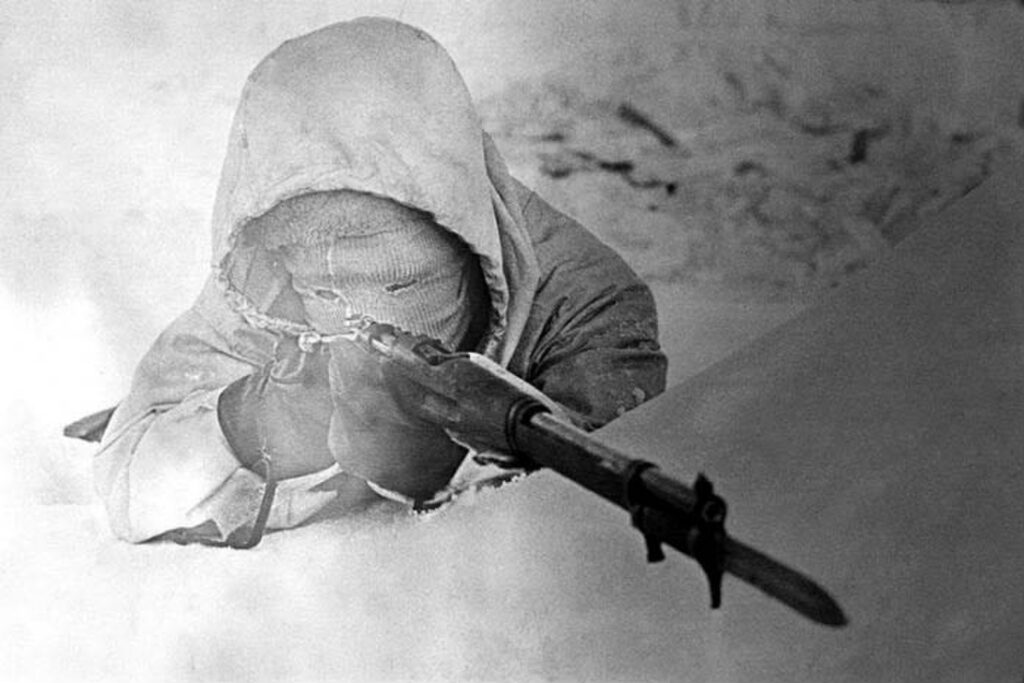
His reasoning for this decision shows how meticulously he thought through everything he did. The iron sight allowed him to stay a few centimeters lower in his hiding place, presenting less of a target for enemy guns.
The telescopic sights also tended to cloud over in extreme cold, and that winter was unusually frigid. Finally, he noticed that when the sun glinted off of a telescopic sight, it exposed the sniper’s position to the enemy.
Because he had hunted small game since he was a boy, he had developed the habits of patience and remaining completely still to hide himself from his targets, be they animals or enemy soldiers.
Hayha would go out at night, dig himself a pit in the snow, and return early in the morning before the sun rose.
He would then remain there until dark. He brought high-carbohydrate sugar and bread with him to fuel his body through the long, cold winter days.
The deep snow of that winter made it easy for Hayha to remain hidden from view, especially after he’d piled it up around him, and he used the snow to camouflage his presence even further.
He would place snow on top of the rifle’s barrel so that it would not steam when he shot a round and poured water on the snow in front of the rifle’s mouth to form ice so that there would be no loose snow to fly up after a shot since that would have revealed his location to the enemy.
He would even put snow in his mouth so that his warm breath wouldn’t form vapor clouds in the freezing air.
His years of experience as a target shooter and hunter extended to his uncanny ability to estimate distances and to account for how weather conditions such as wind or rain would affect a bullet’s trajectory.
He cleaned his rifle after every mission and made sure that it was in perfect operating condition before heading back out.
Between his training and keen attention to detail, Simo Hayha became the Red Army’s worst nightmare throughout the three months of the Winter War.
An Unmatched Record Of Kills
All of Simo’s careful preparation and years of experience paid off, and he quickly racked up an impressive tally of kills. In just one day, December 21, 1939, he was reported to have shot 25 enemy soldiers.
On February 17, 1940, Hayha was declared a “Hero of Finland” and awarded the Kollaa Cross in recognition of his exploits. By the beginning of March, his personal tally was 505 dead, although some estimates were as high as 542.
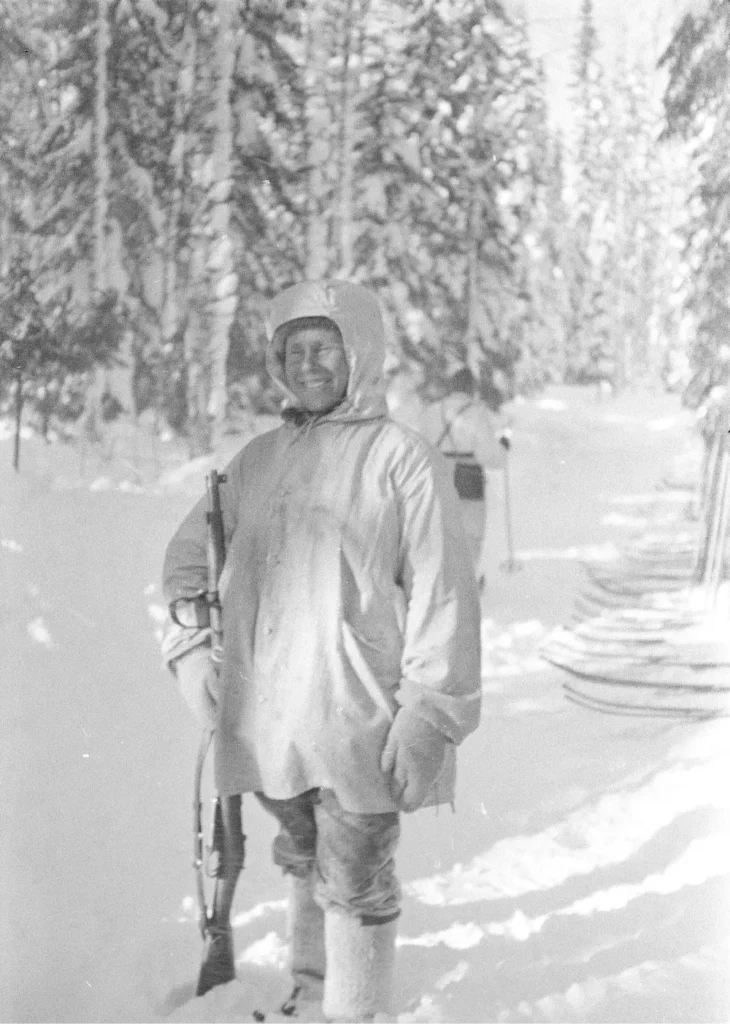
While he was most celebrated as a sniper, about half of those kills were accomplished with a submachine gun. He also carried hand grenades and a knife for extra protection, as he was operating on his own most of the time.
The Soviets, of course, wanted to eliminate this silent threat and brought in an elite sniper of their own to take him out.
After killing several Finnish soldiers, the Soviet marksman waited for Hayha to retaliate and thus reveal his position. Finally, as night approached, he gave up, stood up, and promptly got shot clear through the head by Hayha.
Over the course of the three months of war, Simo Hayha survived several close calls. The Soviets once bombarded his position with mortar shells, but he somehow escaped unscathed.
Ironically, just a week before the end of the Winter War on March 6, he suffered a severe injury, and his time on the front lines was over.
He was hit in the jaw with an exploding bullet and left for dead until someone noticed his foot twitching. He remained in a coma for a week and awoke to find the war ended.
Over the next 14 months, Hayha underwent 26 surgeries to repair his shattered jaw, but he would remain disfigured for the rest of his life. He couldn’t return to his old farm because it was in the territory ceded to the Soviets in the Moscow Peace Treaty.
He was given another farm in Valkjärvi, where he bred dogs and hunted moose, hosting dignitaries like Urho Kekkonen, the Finnish president.
He never married and preferred to live a solitary life, possibly because he was self-conscious about his facial disfigurement.
He moved into an apartment in Ruokolahti when he could no longer manage his farm and then went into a veteran’s nursing home the year before his passing at age 96 in 2002.
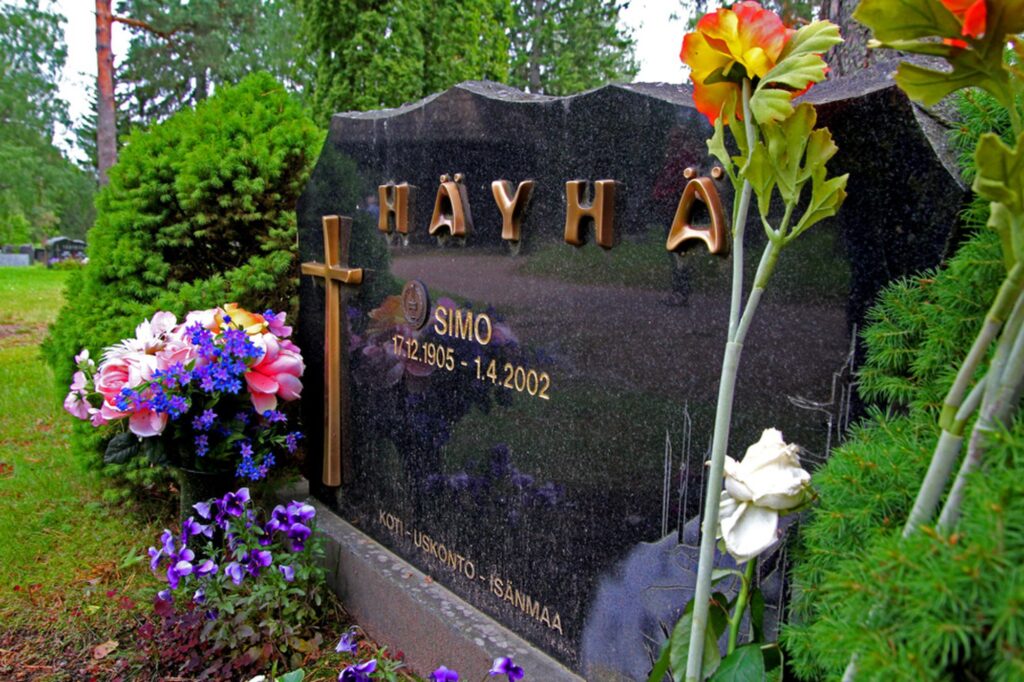
Simo Hayha didn’t feel that his service was anything to boast about, saying, “War is not a pleasant experience, but who else would protect this land unless we are willing to do it ourselves?” (Saarelainen, Tapio (2016). The White Sniper)
Nevertheless, his achievements as a sniper are unmatched before or since, leaving him the undisputed deadliest marksman in modern history.
Sources
https://www.warhistoryonline.com/world-war-ii/simo-hayha-sniper.html

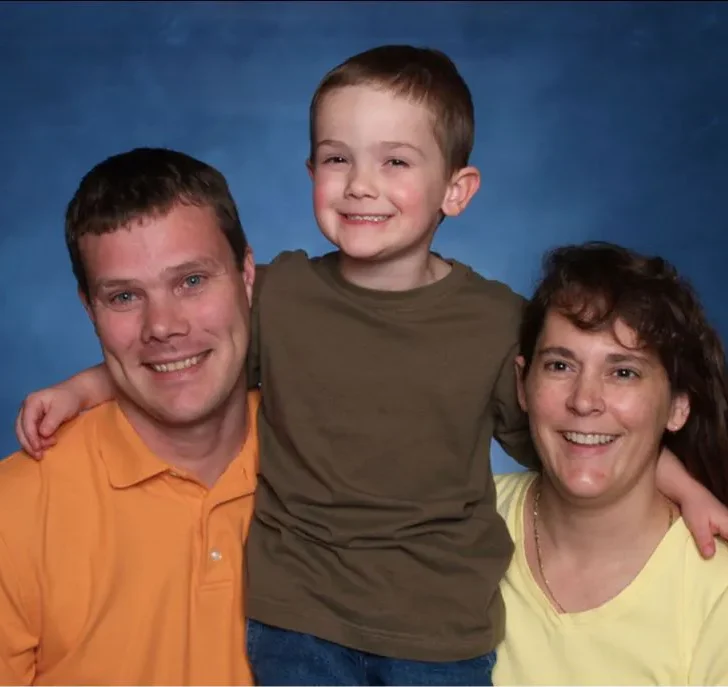
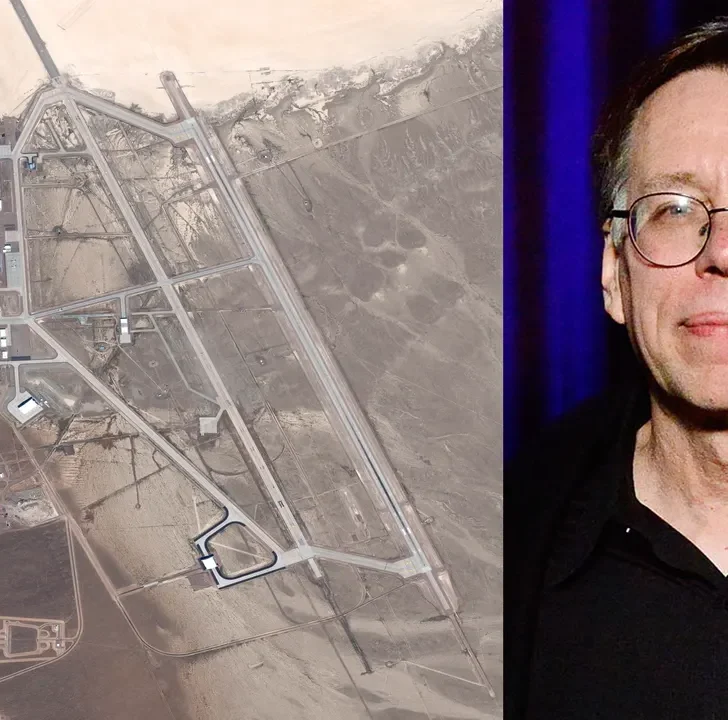
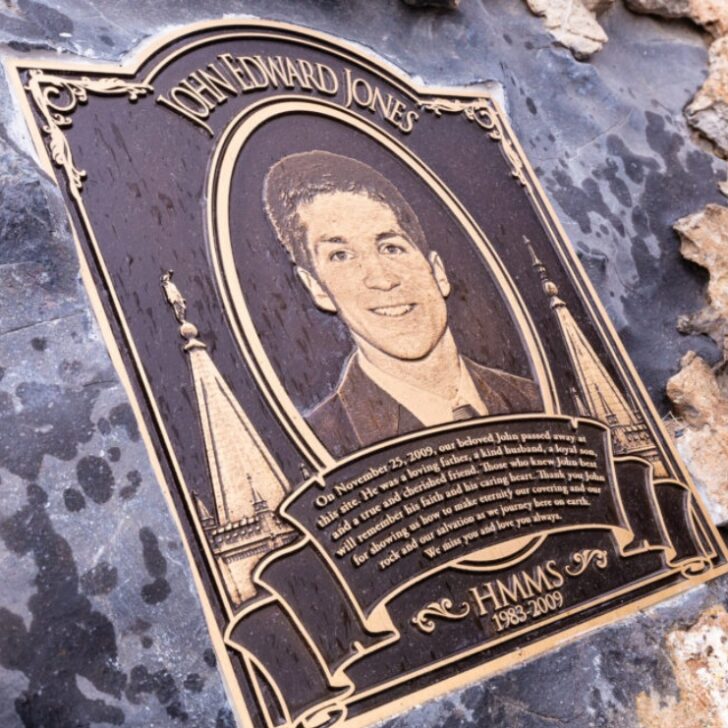

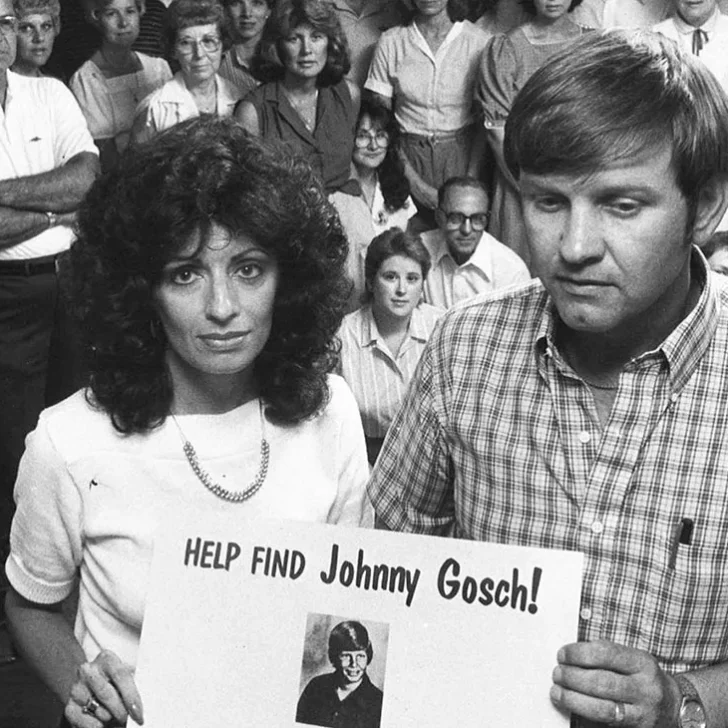




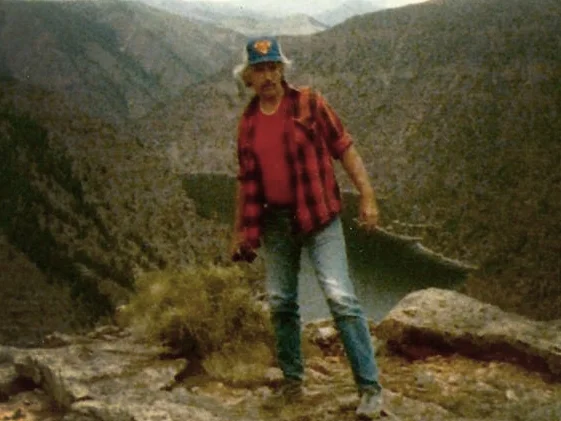
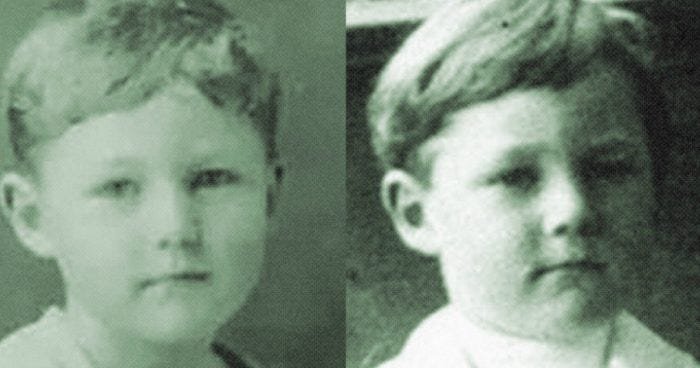

Leave a comment